The occupational English test (OET) is an international English Language test for healthcare professionals. It assesses the language communication skills of healthcare professionals who wish to work in English speaking countries.
Since March 2013, the test has been owned by Cambridge Box hill Language Assessment Trust (CBLA).
OET is recognized by councils in Australia, New Zealand, Singapore, Malaysia, Philippines recently in the UK and Ireland.
Candidate who like to work in these countries should score a minimum of B grade in all modules. Leedz academy is the best OET training institute in Thrissur.
We cater regular, part-time, crash and online classes for nurses. It includes beginners batch, intermediate batch and exam batch.
The candidate get oriented with all the four modules & basic grammar.
The intermediate batch students are taught in a more detailed manner with updated OET 2.0 materials.
In exam batch, the aspirants are treated with intense training in order to appear for the examination. We also document the progress energy students in a daily basis to pick them up.
Your answer booklets for Listening Part A and for Reading Part A are marked by trained OET Assessors. These answer booklets are assigned to OET Assessors at random to avoid any conflict of interest. Your answer booklets for Reading and Listening Parts B and C are computer scanned and automatically scored. Listening and Reading Assessors use a detailed marking guide which sets out which answers receive marks and how the marks are counted. Assessors use this guide to decide for each question whether you have provided enough correct information to be given the mark or marks available. Assessors are monitored for accuracy and consistency, and your Part A answers are marked by at least two different assessors.
Your performances on the Writing and Speaking sub-tests are each rated by at least two trained Assessors. Audio files and scripts are assigned to Assessors at random to avoid any conflict of interest. Your test-day Interlocutor is not involved in the assessment process.
Writing and Speaking Assessors are monitored for accuracy and consistency, and the scores they award are adjusted to take into account any leniency or severity. If two Assessors award different scores to your performance, your script and/or audio file will be referred to at least one other senior Assessor not previously involved in your assessment.
For the Writing sub-test, each Assessor scores your performance according to five criteria: Overall Task Fulfilment, Appropriateness of Language, Comprehension of Stimulus, Linguistic Features (Grammar and Cohesion), and Presentation Features (Spelling, Punctuation, and Layout). The five criteria are assessed on a scale from 0 to 6 and are equally weighted. A score of 350 (previously grade B) for Writing requires a high level of performance on all five criteria.
For the Speaking sub-test, each Assessor scores your performance according to nine criteria. The four linguistically-oriented criteria are Intelligibility, Fluency, Appropriateness of Language, and Resources of Grammar and Expression. They are assessed on a scale from 0 to 6. Clinical communication criteria include Indicators of Relationship Building, Indicators of Understanding & Incorporating the Patient’s Perspective, Indicators of Providing Structure, Indicators for Information Gathering and Indicators for Information Giving. They are assessed on a scale from 0 to 3. A high level of performance on all nine criteria is required in order to achieve a score of 350 (previously grade B) on the speaking test.

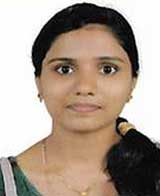
Steena
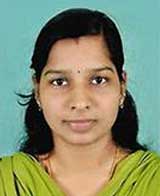
Gracy

Haneena
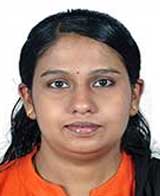
Remya
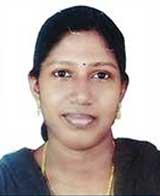
Lisha
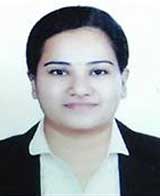
Nikitha